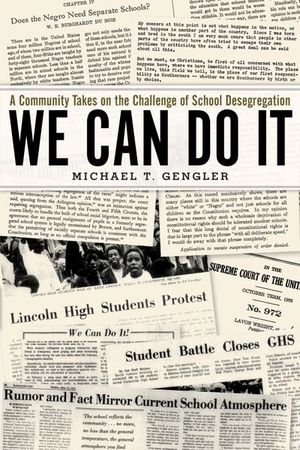We Can Do It
Published by RosettaBooks
How black and white school administrators, teachers, parents, and students in a Florida county shifted from segregated schools to a single, unified system.
After Brown v. Board of Education, the South’s separate white and black schools continued under lower court opinions, provided black students could choose to go to white schools. Not until 1968 did the NAACP Legal Defense Fund convince the Supreme Court to end dual school systems. Almost fifty years later, African Americans in Alachua County, Florida, remain divided over that outcome.
A unique study including extensive interviews, We Can Do It asks important questions, among them: How did both races, without precedent, work together to create desegregated schools? What conflicts arose, and how were they resolved (or not)? How was the community affected? And at a time when resegregation and persistent white-black achievement gaps continue to challenge public schools, what lessons can we learn from the generation that desegregated our schools?
“A Gainesville, Florida, native focuses on his hometown and Alachua County to examine that state’s challenging task to end segregation. . . . A thick, thorough history as only an attorney could present.” —Kirkus ReviewsBUY NOW FROM
COMMUNITY REVIEWS

